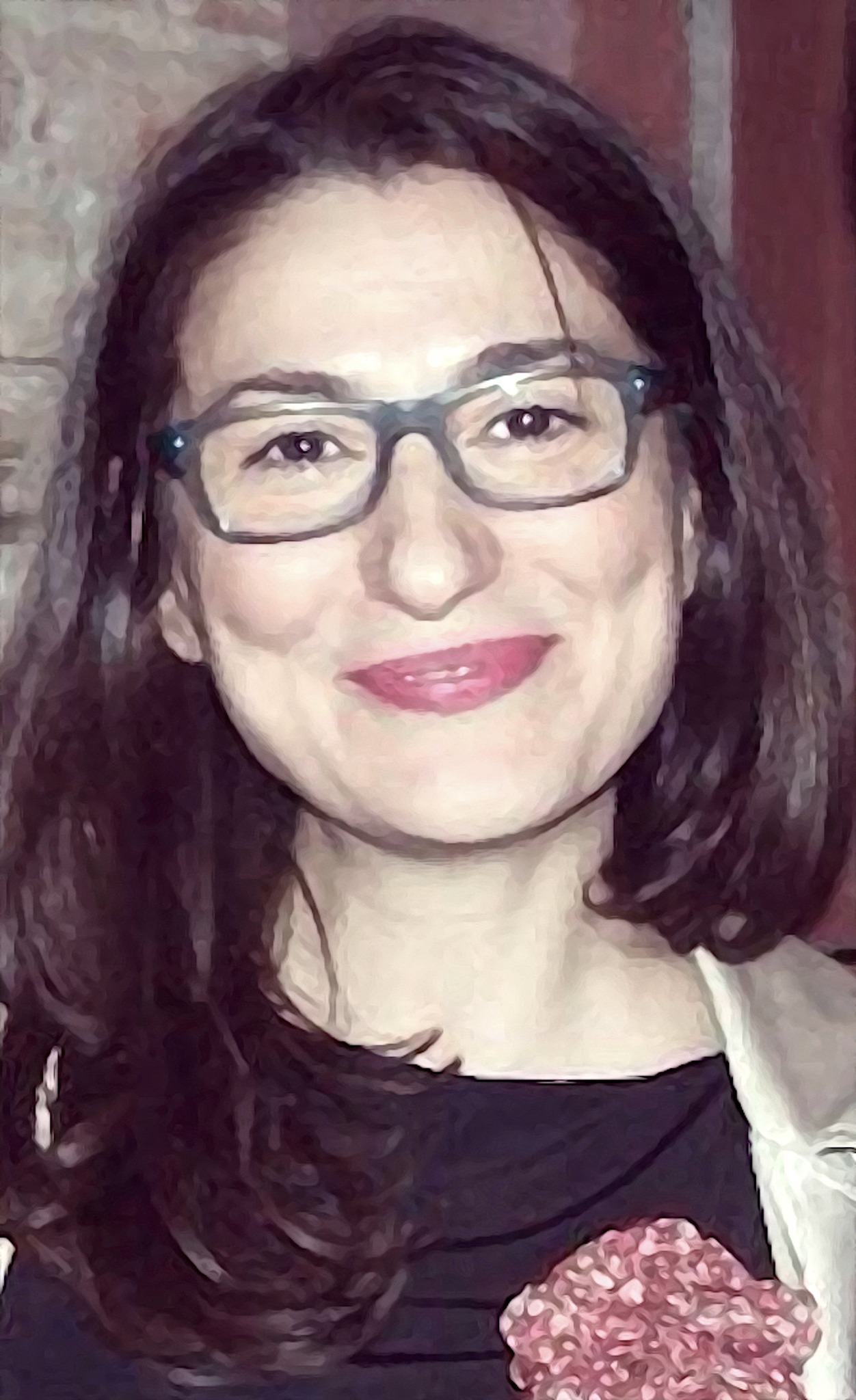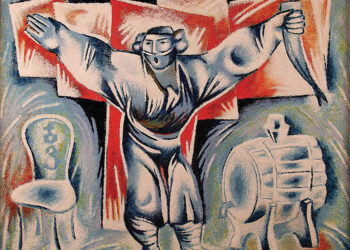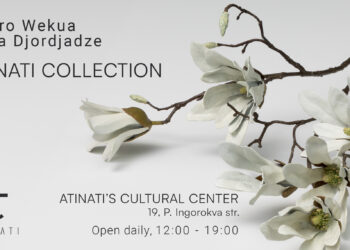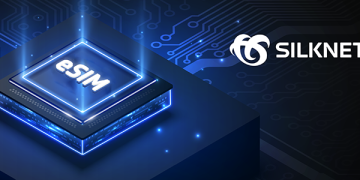Georgian works have long appeared under “Russian & CIS” headings; in practical terms, what shifts when the category stands on its own?
It’s a game-changer, frankly. For years, being tucked under the ‘Russian & CIS’ umbrella meant our artists weren’t always seen for who they truly are, or for the unique story Georgian art tells.
So, what changes practically? Firstly, our identity comes through clearly. Artists can finally be viewed and understood through the lens of Georgia’s own rich history, not as a footnote to another. Secondly, it allows for fairer market valuation. Prices can be set based on genuine merit and relevant artistic comparisons, rather than being tied to a broad, often unrelated, regional index. And crucially, it boosts global visibility. When Georgian art has its own clear category, it’s far easier for international curators, museums, and collectors to find, research, and ultimately, champion our artists. It’s about giving our art the direct spotlight it deserves
What makes London the right arena for a dedicated Georgian art auction in 2025?
London is, quite simply, one of the world’s premier art capitals. It’s a crossroads where international collectors, curators, and critics converge. For an auction dedicated to showcasing Georgian art to a global audience, as Bonhams is doing, London provides an unparalleled platform and visibility. The city has a deep infrastructure for the arts and a diverse collector base that is always keen to explore new artistic regions. Holding this auction here in 2025 allows us to tap into that established ecosystem and introduce Georgian artists to a truly international stage, leveraging London’s global reach to build lasting interest.
With Georgia’s European ambitions in the spotlight, how does international market visibility intersect with the country’s cultural diplomacy?
London isn’t just a marketplace; it’s a critical node where art historical narratives are constructed and validated. For Georgian art to move beyond perceived peripheries and genuinely enter international discourse, it must assert itself within these primary circuits of influence. This auction, therefore, is less about leveraging a prestigious backdrop and more a strategic intervention, a claim for visibility and re-evaluation within the very systems that shape global art perception.
Reach Art Visual is one of several partners on the project, what specific role did your team play?
RAV’s role was to bridge the critical gap between local artistic realities and global market mechanisms. This meant excavating and articulating the provenance for key works, facilitating the nuanced curatorial dialogue on the ground in Tbilisi, and essentially embedding a deep layer of local knowledge within the auction’s framework. We weren’t just supplying culturally grounded understanding; we were helping to shape the interpretative lens through which these works are now being presented.

Among the contemporary Georgian artists featured in the Bonhams sale, Merab Kopaleishvili offers a particularly distinctive voice. Given RAV’s deep engagement with the Tbilisi art scene, could you speak to the artistic trajectory that has brought a painter like him to this significant international platform?
Kopaleishvili’s presence in the Bonhams sale isn’t accidental; it’s emblematic of a maturing Georgian contemporary scene finally breaching wider international awareness. His trajectory, marked by dedicated studio work and significant milestones like his 2022 solo exhibition at the Tbilisi History Museum, demonstrates a consistent deepening of his engagement with Georgian cultural codes and visual language. This auction provides a crucial external validation and a global platform for a practice, like his ‘French Series’, that has already established its critical weight locally.
Estimate ranges still vary widely; what reference points are collectors now using to gauge value: Soviet-era results, Baltic comparables, or something new?
The current variance in estimates signals a necessary market recalibration, a shedding of ill-fitting historical armatures. Purely Soviet-era results, for instance, often offer little relevant context for contemporary Georgian practices. While Baltic comparables can provide certain structural parallels for re-emerging markets, what we’re truly witnessing is the construction of a new valuation framework. This is built less on broad regional indices and more on artist-specific trajectories: rigorous provenance, robust exhibition histories, critical reception, and, increasingly, the results from these nascent, dedicated Georgian sales themselves. Collectors are learning to navigate by these more intrinsic, meticulously researched markers.
Beyond the high-profile validation of auctions, what other critical components are necessary to cultivate a genuinely sustainable and dynamic ecosystem for Georgian artists?
Auctions are a powerful spotlight, certainly, but true sustainability is built on a much broader, more deeply rooted foundation. This includes the consistent, foundational support of galleries nurturing artists over time, the critical discourse and collector engagement fostered by art fairs, and the primary market cultivation that happens through private sales. These are the spaces where careers are built, where experimentation is supported, and where long-term relationships are forged.
Beyond these art market mechanisms, however, a truly thriving ecosystem requires wider structural support. We’re acutely aware, for instance, of the transformative impact that forward-thinking government policy could have, such as art-specific tax incentives for collectors and patrons, a model proven successful in many developed art economies. This isn’t about subsidy, but about fostering a culture of collecting and investment that circulates back into the artistic community, allowing it to flourish organically.
With the end of Soviet censorship, Georgian art entered a period of rediscovery. In the 1990s, many previously unseen works and unknown artists surfaced from private collections and public archives. Today, what best practices help ensure strong provenance and reliable condition reporting?
The ‘turbulence’ of the 1990s in Georgia necessitates a forensic rigor in establishing provenance today. Best practice isn’t merely a checklist; it’s a deep, cross-referential investigation. This means meticulous archival research, yes, but also extensive oral histories, direct testimonies from artists, their families, or early collectors, where paper trails might be fragmented. Furthermore, it involves collaborative efforts with art historians and conservators to authenticate materials and assess conditions with scientific precision. For Reach Art Visual, transparency is paramount; we believe in presenting a complete, unvarnished history of each work, acknowledging any gaps while providing the fullest possible narrative. This meticulous approach is fundamental to building enduring trust and market integrity.
Name one Georgian artwork, inside or outside this auction, that people will still be discussing in 2030, and tell us why.
Alexander Bandzeladze, definitely. I would point to his compelling abstract canvases from the late 1980s, particularly those works that found an early international audience through exhibitions like ‘Georgia on my mind’ in Kassel in 1989. These paintings are seminal because they represent a profound engagement with the language of modern abstraction from a distinctly Georgian perspective. Forged behind the ‘Iron Curtain’ and shaped under semi-isolated conditions, it carries a distinct cultural specificity and, as a result, considerable weight.
In 2030, Bandzeladze’s work will continue to be vital in discussions around the diverse, often underrepresented, narratives of 20th-century modernism. His sophisticated explorations of color, form, and texture, which we were proud to survey recently at Frieze No.9 Cork Street, are not just historically important; they possess an enduring aesthetic power. They challenge monolithic views of abstraction and assert a unique voice that insists on its own terms, a quality that will only deepen their relevance.
The Bonhams auction is now live — Georgian Art Now runs from May 19 to 29, presenting a dedicated selection of contemporary Georgian artists. View the full auction here: https://www.bonhams.com/auction/31458/georgian-art-now/














